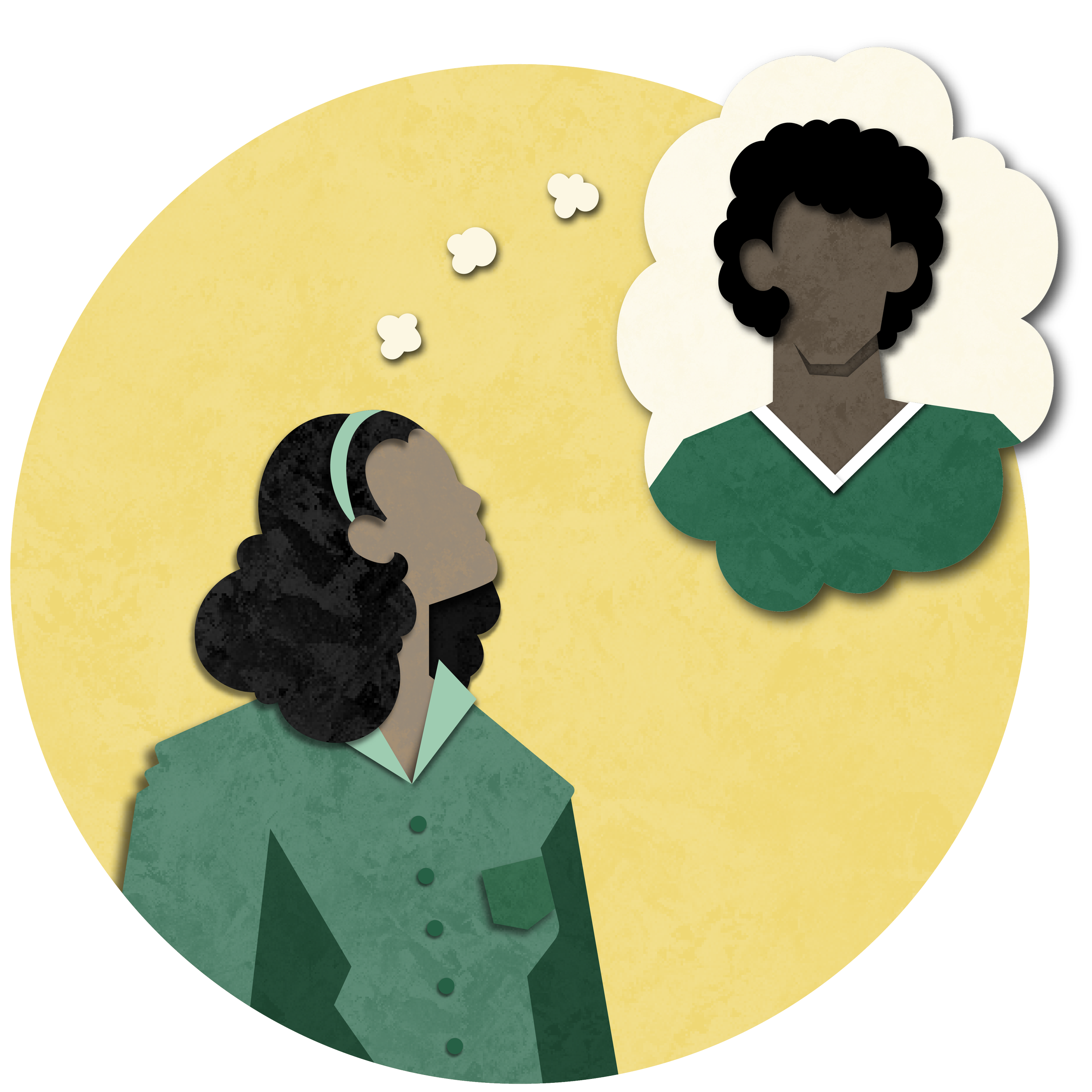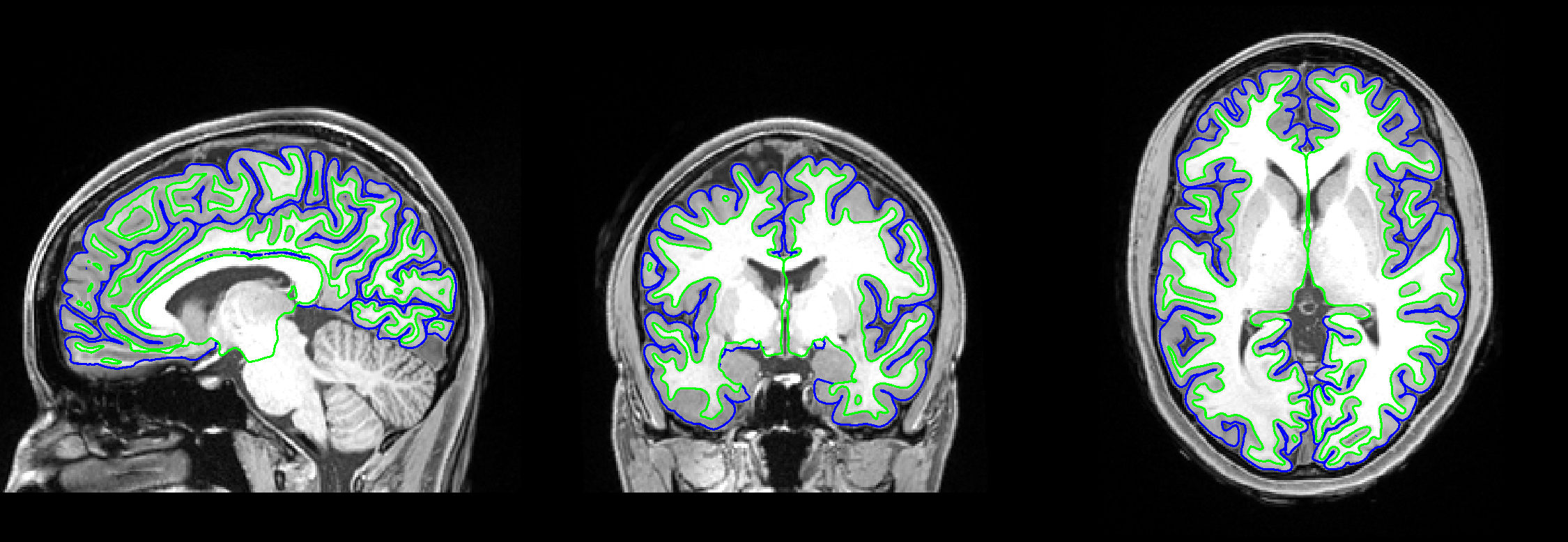Research
The goal of our research is to unravel the cognitive and neural systems that humans use to make sense of other people.
Social cognition has long been argued to rely on a “theory of mind” – a causal model of how others’ mental states give rise to actions. In our everyday life, we mainly use social cognition to understand people that we know – friends, family, and coworkers. Knowledge about familiar people stored in long-term memory provides essential context as we make inferences about why they do the things they do. Our research focuses on this intersection of social cognition with long-term memory. We study human social memory using both behavioral and neuroimaging methods, characterizing the functional organization of the brain as a window into the structure of cognitive processes in the mind.
Projects
Neural basis of social memory
Neuroimaging research has identified a network of brain areas across the frontal, parietal, and temporal lobes involved in understanding other people. How does this network encode information about familiar people and store it in long-term memory? How does it interact with the hippocampal formation during learning about new people? This line of research uses fMRI to investigate information content in the brain’s social network.
Parallel systems for social and spatial cognition
Our prior work has found that brain regions involved in thinking about people and places have a parallel anatomical organization. Are parallel computational mechanisms used to reason about familiar people and places? To ask this question, we use neuroimaging during social and spatial cognition tasks.
Behavioral measures of social memory
While the work mentioned above indicates that the brain has a dedicated system for storing memories of social content, little is known about the effect of content domain on behavioral measures of long-term memory. We are developing novel measures of memory for social content in narratives, with the aim of assessing individual differences in social cognition.
Development of the social brain
Infants’ social behavior develops rapidly during the first two years of life. What systems support social understanding in the infant brain? We use specialized techniques for fMRI in awake infants to study neural responses as infants process other people.
Tools
Functional magnetic resonance imaging (fMRI)
fMRI studies neural responses in the brain by measuring local changes in blood oxygenation. When neurons in a specific brain area are processing information, they require additional energy, and the body increases the supply of blood to this area. The inflow of oxygenated blood leads to a magnetic signal that can be detected using MRI – the same technology used to generate images of body parts for medical diagnostics. fMRI can tell us which parts of the brain are active when people engage in certain behaviors or cognitive processes, such as thinking about people. Advanced fMRI techniques can also provide insight into how brain regions encode information, by measuring subtle differences in spatial patterns of activity across different behaviors or perceptual inputs.
Human behavior
The oldest tool available to psychologists, the study of behavior has been used for over a century to understand the human mind. Behavioral research analyzes how humans perform perceptual and cognitive tasks, with both explicit measures (e.g., verbal answers to questions) and implicit measures (e.g., tracking movement of the eyes, face, or hands). Our lab uses a combination of explicit measures testing memory for specific content from a narrative, along with visual and auditory psychophysics. We focus on collecting deep behavioral datasets, in which many different tasks are performed by the same set of participants. This approach enables us to ask whether different measurements share variation, to make inferences about the cognitive processes that contribute to different behavioral measures.
See our Publications
Learn more about our work by reading our scientific publications.







